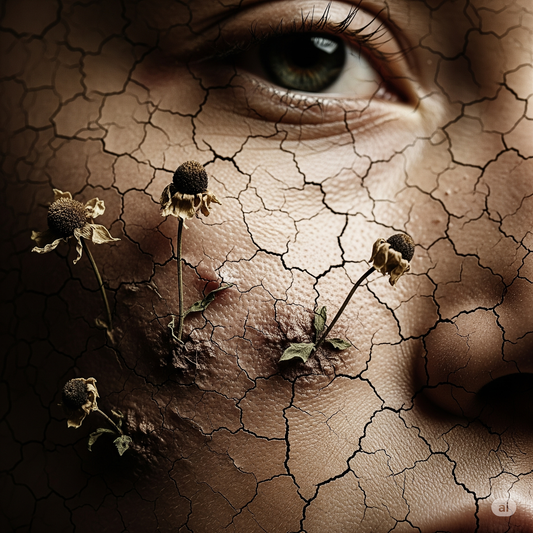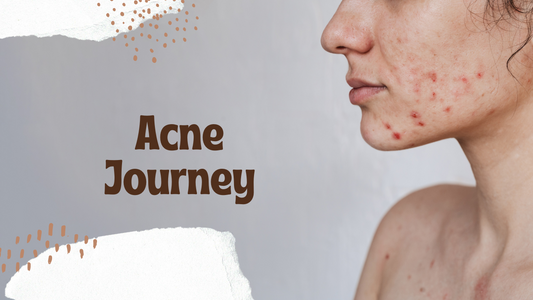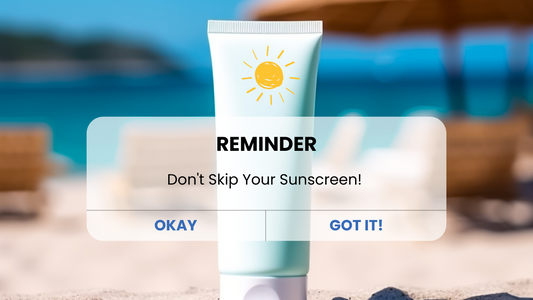A Silent Attacker
Imagine stepping outside, feeling the morning sun kiss your skin—only for an invisible enemy to strike. Pollution is that silent attacker, creeping into your pores, dulling your complexion, and accelerating skin aging without you even realizing it. From smog-filled cityscapes to dusty roadsides, our skin battles daily exposure to harmful pollutants, but few understand just how deeply these invisible assailants impact skin health.
The Unseen Damage: How Pollution Wreaks Havoc on Your Skin
Pollution speeds up the aging clock. Particulate matter (PM), nitrogen dioxide (NO2), and heavy metals bombard your skin, generating free radicals that break down collagen. The result? Fine lines, wrinkles, and sagging that arrive far earlier than expected. Studies have linked exposure to urban pollution with increased signs of premature aging, making skincare more challenging than ever (Krutmann et al., 2014).
Ever wondered why urban dwellers seem more prone to dark spots? Pollution triggers melanin overproduction, leaving stubborn pigmentation in its wake. Coupled with UV exposure, these unsightly spots become even harder to fade. Researchers suggest that airborne pollutants contribute to hyperpigmentation, especially in individuals with darker skin tones (Vierkötter et al., 2010).
Dirt, smoke, and toxic chemicals clog pores like an uninvited guest overstaying their welcome. The result? Acne, redness, and irritation that refuse to budge, even with a dedicated skincare routine. Studies indicate that exposure to high levels of airborne particles is correlated with an increase in acne prevalence (Kim et al., 2018).
Your skin’s protective shield—its lipid barrier—gets weaker with repeated exposure to pollutants. This allows more irritants to seep in, causing dehydration, inflammation, and heightened sensitivity. The breakdown of the skin barrier has been linked to conditions like atopic dermatitis and increased trans-epidermal water loss, making skin more vulnerable (Pérez et al., 2020).
For those already battling conditions like eczema or rosacea, pollution acts like gasoline on a fire. The increased exposure intensifies flare-ups, making symptoms more challenging to control. Research shows that individuals living in high-pollution areas have significantly worse outcomes for inflammatory skin conditions (Liao et al., 2019).
Your Skin’s Survival Guide
Washing away pollutants before they settle in is essential. A proper double-cleansing routine—starting with an oil-based cleanser followed by a water-based one—ensures that microscopic pollutants don’t linger on your skin. Dermatologists recommend thorough cleansing at night to minimize the impact of daily exposure (Draelos, 2016).
Think of antioxidants as your personal skin bodyguards. Vitamin C, Vitamin E, and niacinamide help combat pollution-induced damage, keeping your skin resilient and radiant. A study found that topical antioxidants significantly reduce oxidative stress caused by pollution (Valacchi et al., 2015).
Sunscreen isn’t just for beach days. A broad-spectrum SPF 30+ forms a protective layer against both UV rays and pollution, preventing further damage. Recent studies highlight the effectiveness of sunscreens in minimizing pollution-related skin aging (Krutmann et al., 2017).
Pollutants suck the moisture out of your skin. Replenish it with hyaluronic acid and ceramide-based moisturizers to restore and reinforce your skin barrier. Well-hydrated skin is better equipped to fend off environmental aggressors, maintaining its elasticity and glow (Pérez et al., 2020).
Invest in air purifiers, choose plant-based diets rich in antioxidants, and avoid direct exposure to vehicle emissions whenever possible. Small lifestyle shifts, like wearing a protective face mask in highly polluted areas, can have a big impact on skin health.
The Takeaway: Outsmart Pollution
While we can’t escape pollution entirely, we can outsmart it. By being proactive—cleansing properly, strengthening our skin barrier, and fueling our skin with antioxidants—we can fight back. The air may be unavoidable, but skin damage doesn’t have to be. Keep your glow intact, no matter where the world takes you.
References:
-
Draelos, Z. D. (2016). The science behind skin cleansing: The latest developments. Dermatologic Therapy, 29(1), 20-25.
-
Kim, K. E., Cho, D., & Park, H. J. (2018). Air pollution and skin diseases: Adverse effects of airborne particulate matter on various skin diseases. Life Sciences, 192, 173-178.
-
Krutmann, J., Moyal, D., Liu, W., et al. (2017). Pollution and skin aging: From epidemiological and mechanistic studies to protective measures. Journal of Dermatological Science, 85(3), 169-175.
-
Liao, Z., Liao, Y., & Li, J. (2019). Air pollution as a cause of eczema: Epidemiological evidence from Chinese urban and rural areas. Environmental Research, 179, 108814.
-
Pérez, L., Tobías, A., & Pey, J. (2020). The role of air pollution in skin barrier dysfunction and atopic dermatitis. Journal of Allergy and Clinical Immunology, 145(5), 1240-1252.
-
Valacchi, G., Fortino, V., & Bocci, V. (2015). The dual role of ozone in skin: Antioxidant and pro-oxidant effects. Journal of Investigative Dermatology, 135(2), 497-503.
-
Vierkötter, A., Schikowski, T., Ranft, U., et al. (2010). Airborne particle exposure and extrinsic skin aging. Journal of Investigative Dermatology, 130(12), 2719-2726.





